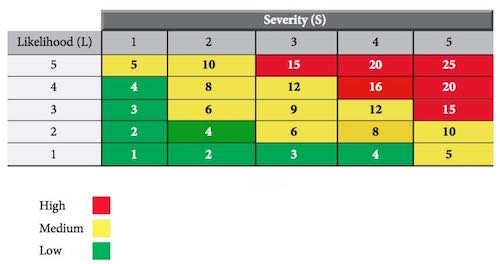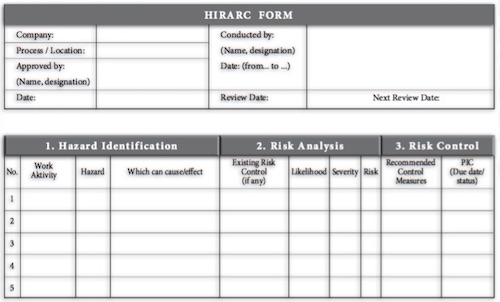Definition
Sound
Changes in air pressure, water and in certain media that can be detected by the human ear.
Noise
Any unwanted sound.
Noise frequency components measured in Hertz (Hz) or cycles per second, while the amplitude or loudness of the sound decibel (dB).
Types of sound that are all around us are:- Continuous sound.
- Fluctuate sound.
- Impulse sound.
- Very high sound intensity in a short period.
- Intermittent sound.
- Action Level (AL) - 85dB (A)
- Permissible exposure limit (PEL):
a) Continuous Sound:
- For 8 hours: 90 dB (A)
- Ceiling limit: 115 dB (A)
b) Impulse Noise:
- Ceiling limit: 140 dB (A)
*(For further information please refer to the rules)
The effects of noise on health are:
- Emotionally disturbed and irritable.
- Communication problems.
- Tinnitus.
- Psychological pressure.
- Increased blood pressure.
- Hearing loss and hearing defects.
1. conduction type:
- Rupture of the eardrum.
- Displacement of the bones in the middle ear ossicles.
2. Type sensory-neural:
- Damage to the inner ear hair cells.
- Involving both ears.
- Deafness to high frequency.
Control measures to be taken to minimize the adverse effects of noise:
- Enclosed noisy process.
- Minimize exposure to noise:
- Modification of the work process.
- Personal protective equipment.
- Administrative methods and safe work practices.
- Exposure monitoring is done by a competent person.
- Health inspection:
- Examination of the ears.
- Audiometric testing.












